Why Chinese Artificial Intelligence Will Run The World0
- From Around the Web, Science & Technology
- November 6, 2018
How the Chinese tech giants Baidu, Alibaba, and Tencent will develop the systems that will run the world.
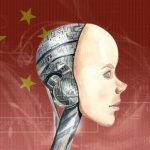
How the Chinese tech giants Baidu, Alibaba, and Tencent will develop the systems that will run the world.

An MIT study proposes that laser technology on Earth could emit a beacon strong enough to attract attention from as far as 20,000 light years away.
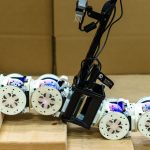
The bot uses magnets to link its parts together in different forms

Ultimately, things didn’t go as he had planned.
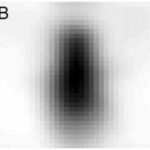
Researchers have built a neural network that mimics the fruit fly’s visual system and can distinguish and re-identify flies. This provides evidence that the humble fruit fly’s vision is clearer than previously thought.

Beyoncé and Tom Brady swear by it – but experts throw cold water on the new beverage fad
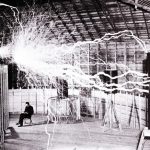
Nikola Tesla gave us the electric motor, long-distance electricity transmission, radio, robots, and remote control – the very foundations of our modern economy.
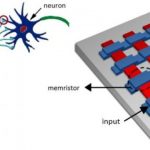
Computer bits are binary, with a value of 0 or one. By contrast, neurons in the brain can have all kinds of different internal states, depending on the input that they received. This allows the brain to process information in a more energy-efficient manner than a computer. Physicists are working on memristors, resistors with a memory, made from niobium-doped strontium titanate, which mimic how neurons work.

Australian researchers have developed new technology enabling them for the first time to film a deep-sea swimming sea cucumber, also known as a “headless chicken monster,” in Southern Ocean waters off East Antarctica.
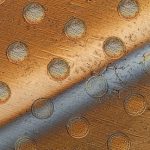
Researchers have discovered a way to mass produce tiny, cell-sized robots that could be used for industrial or biomedical monitoring.